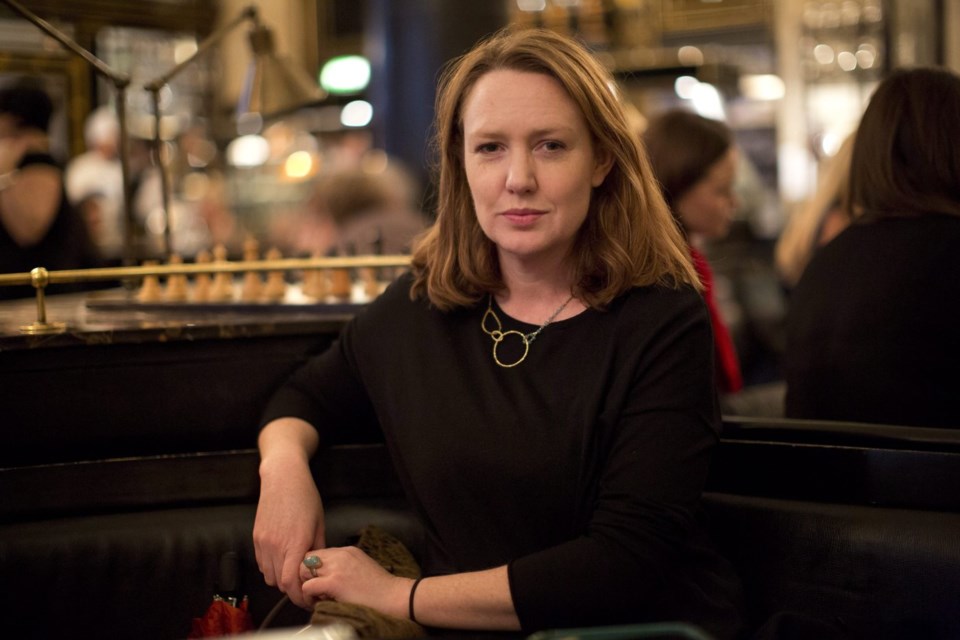TORONTO — In Paula Hawkins' latest thriller, people are emerging from pandemic isolation, engaging with culture once again, when a gallerygoer notices something a bit off about a sculpture displayed at the Tate Modern: it contains a deer bone that looks like it might actually be human.
Set in the U.K. art scene, the end of COVID-19 lockdowns are a catalyst for the plot in the was-there-a-murder mystery.
Hawkins felt she couldn't ignore the ravages of the pandemic in "The Blue Hour," but she also didn't want to write a book that focused on it.
"It felt odd to me to pretend it hadn't happened," the British author said in a phone interview Monday as she wrapped up her North American tour.
"I suppose I could have set it in another time, or I could have just ignored it. But it was actually quite a useful thing for there to be a pause pressed on all their lives, for a short time, and for things to have this fundamental shift."
The thriller, centred on a mysterious museum collection hiding deadly secrets, is told from three perspectives: that of an artist who died shortly before the onset of the pandemic, her friend-turned-caretaker-turned-executor, and the museum curator tasked with retrieving the remaining artworks left to his employer.
Lockdowns have delayed the transfer of some of the art and materials surrounding it, and the bone found in the artist's sculpture lends fresh urgency to the curator's quest.
The pandemic hovers around the edges of the book. It gives the executor a sense of purpose as she returns to work as a doctor, then snatches it away when she resumes her small, retired life. It exacerbates another character's dementia; brings a third home after a period away.
"The Blue Hour" contains many of the hallmarks of Hawkins' previous thrillers, including the one that put her on the map: "The Girl on the Train." Both feature an unreliable narrator, fraught marital dynamics and an ever-building tension.
The 2015 book sold millions of copies and was translated into dozens of languages. Just a year after its publication it was adapted into a film starring Emily Blunt, which made more than $170 million worldwide, according to Box Office Mojo.
Like in "The Girl on the Train," feelings of loneliness are explored in "The Blue Hour."
"When you are writing about people who are lonely and isolated, that was such a big thing during the pandemic and during lockdown — that sort of very sharp divide between people who had support systems and people who were all by themselves, all alone, and how difficult that was," Hawkins said.
The book takes place, in large part, on a quasi-island. The executor lives in the home that once belonged to the artist, located on a piece of property linked to the mainland by a causeway that is flooded when the tide is high. It's accessible by foot or car only 12 hours each day.
"I definitely wanted it to have that sort of slightly claustrophobic feel, that feel of foreboding that sort of runs through it, that something bad is going to happen, but you're not quite sure what thing it's going to be," she said.
"The Blue Hour" was published last week by Doubleday saąúĽĘ´«Ă˝.
This report by The Canadian Press was first published Nov. 6, 2024.
Nicole Thompson, The Canadian Press



